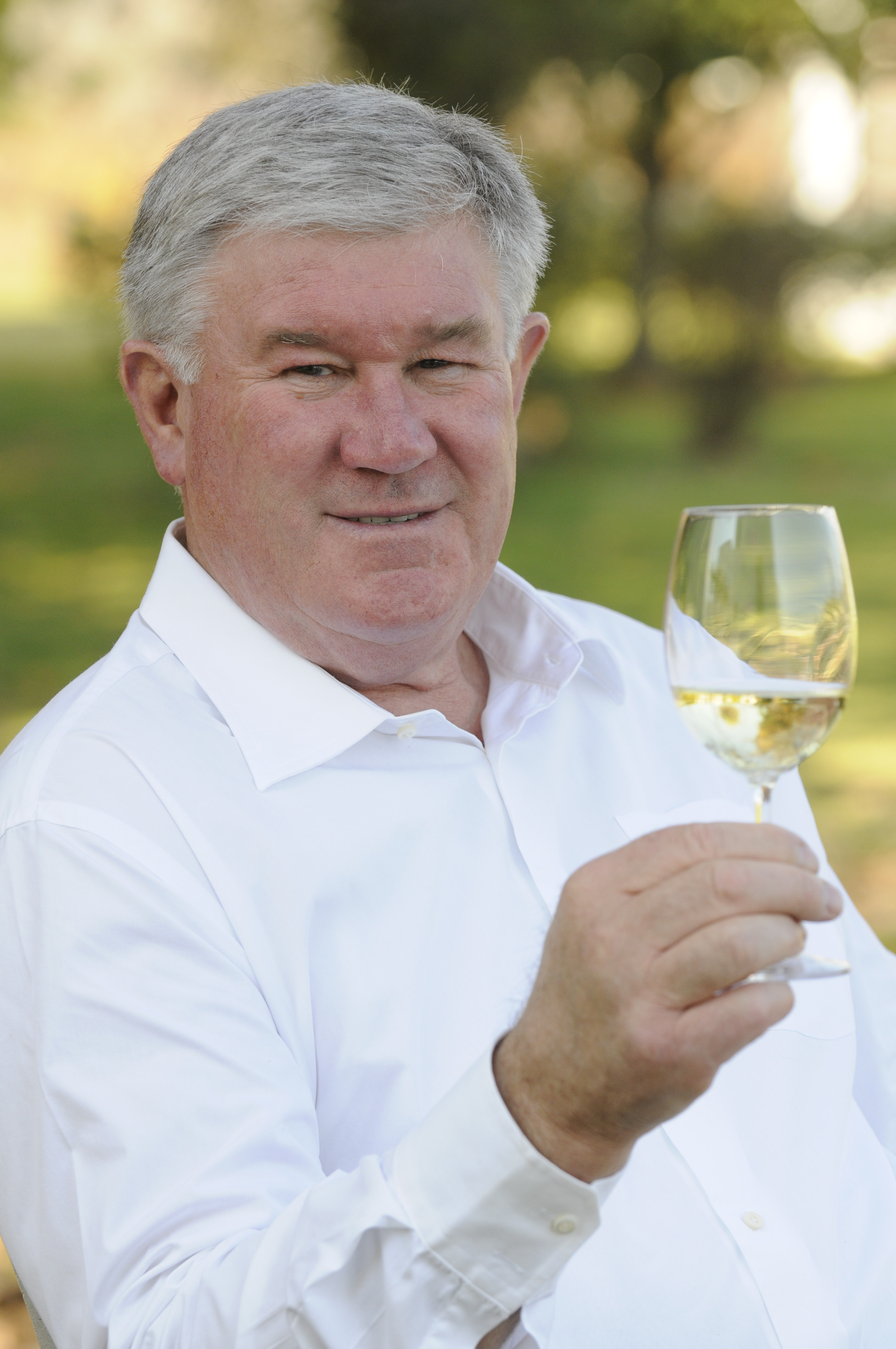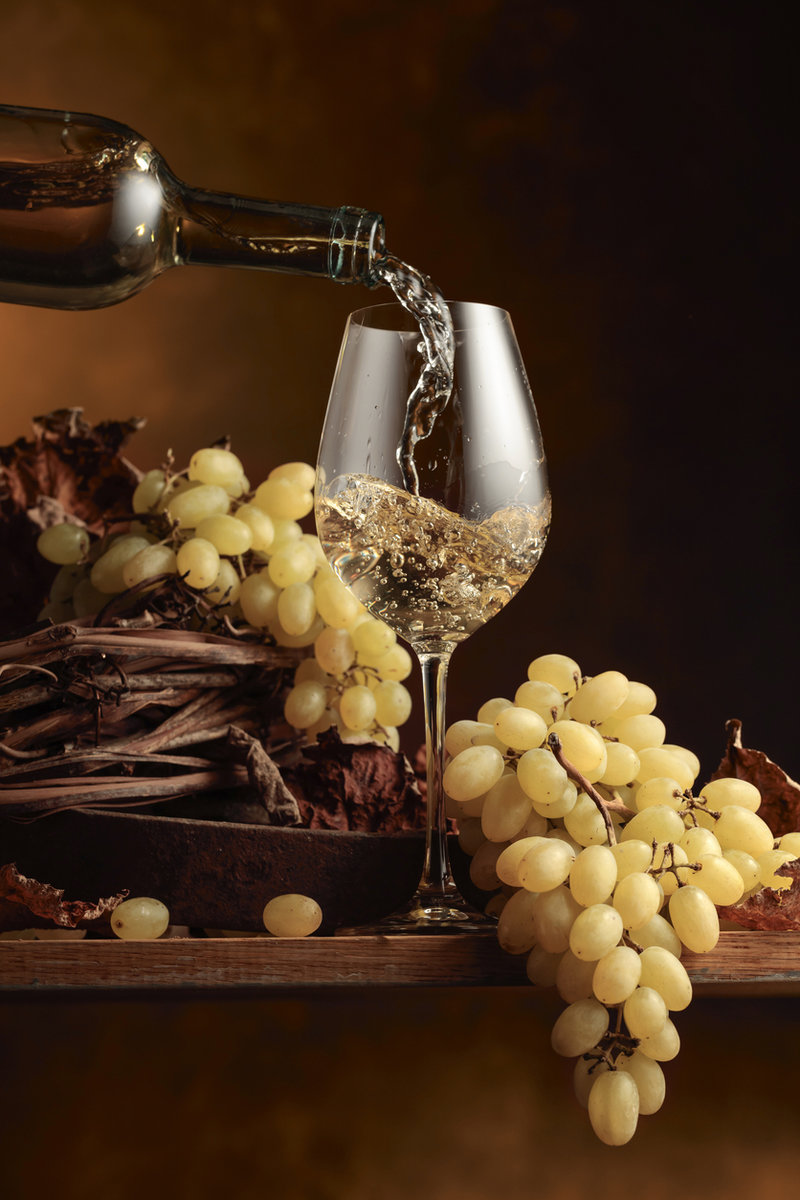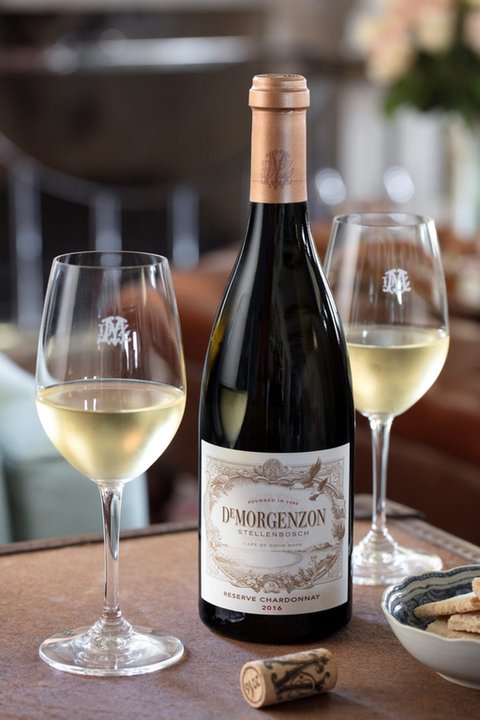CHEERS | WINE


The world’s
Favourite white
In the late 90s – the early days of South Africa’s relationship with chardonnay – wine drinkers adopted the international shorthand of A-B-C: Anything But Chardonnay. Time and fashions change and the ABC is back but as Absolutely Beautiful Chardonnay.
“Chardonnay is a wine you need to build,” said Jacques Steyn, managing director of Jordan wine estate in Stellenbosch at a recent harvest event.
“It’s not like sauvignon blanc which immediately lets you know what to expect because it has such expressive and overt aromas and flavours – even before you ferment the juice.” Steyn, who is also a Cape Wine Master said the grape was obvious, offering up bright lemony citrus, or asparagus or blackcurrant leaf and then following through with those flavours on the palate.
Chardonnay is not like that: it needs a bit of intervention such as the use of oak or even the role of oxygen and lees. “It needs fermentation to develop those typical citrus flavours you associate with chardonnay – or the creaminess from time on lees or the vanilla and butterscotch that the barrel contributes.”

Danie de Wet of De Wetshof
Steyn and Jordan owner and winemaker Gary Jordan acknowledged that styles of chardonnay had changed since the 90s. “The wines have become fresher,” they said. Which is fully understandable since South Africa’s relationship with the grape had been very brief by the 90s. After all, the first vines were smuggled into the country in the 80s.
Writing in his blog Wine Goggle, Emile Joubert said the illicit importation of chardonnay cuttings from Burgundy was done out of frustration at the red tape and intransigence of the SA authorities at the time.
Joubert noted that in the 1960s and 1970s the SA wine industry was “dominated by three grape varieties, namely palomino and chenin blanc on the white side, and cinsaut on the red. As the industry was controlled by the KWV, farmers had to obey the wishes of this official body, making those of an adventurous spirit and with a more global outlook on the nature of wine feel restricted and confined.”
One of those was Danie de Wet of De Wetshof, who had returned to the family farm in Robertson after studying winemaking at Geisenheim in Germany.
“One of the grape varieties I studied at Geisenheim and which my professors recommended as being suitable for planting in South Africa was chardonnay,” Joubert quotes De Wet. “Which suited me, as a student I’d visited Burgundy and fell in love with the wine chardonnay makes. When asked why I chose to help specifically introduce chardonnay to the Cape, I simply answer: ‘my palate and my tongue led the way’.”
After trying the material that was available locally, De Wet – and others – resorted to illicit means to obtain better chardonnay plant material.
“I did it for the industry,” said De Wet. “Why did I and a few other wine people follow this route? Because back then if you wanted to introduce a new grape variety into the country it would take 20 years or more to establish it due to the rules of officialdom. And as South African wine people we simply did not have this time – in the 1970s and 1980s we were lagging behind other New World wine countries such as America, Australia and Chile who were offering chardonnay and new grape varieties to the world of wine and accordingly gaining international recognition.”
De Wet, and fellow pioneers Sydney Back of Backsberg, Frans Malan of Simonsig and Jan Boland Coetzee of Vriesenhof, released their first few wines in the early 80s. South Africa had the grand total of 30 hectares of chardonnay vineyard.
So why the “Anything But Chardonnay”? Simply put, the winemakers’ enthusiasm got the better of them. The wines were given a lot of new oak, following the template of other New World wine countries such as Australia and the United States. Those big oaky, chewy chardonnays, along with Meursault and Montrachet of Burgundy provided the template. But those wines were somewhat tiring and exhausting to drink.

Fortunately South African winemakers have walked back the oaking and learned a lot of lessons in the intervening decades. In fact, South African chardonnay has twice been deemed the best example overall out of thousands of entries at the Decanter World Wine Awards in London, the single biggest competition of its type in the world. Even more interesting is that those accolades were awarded to neighbouring Stellenbosch properties two years apart! De Morgenzon won it in 2016 for the 2015 chardonnay reserve while adjacent property Jordan wine estate won the International chardonnay trophy two years earlier in 2014 with its 2013 barrel fermented version.
What impressed the judges was the quality of the wines. After all, they’d been deemed better than the best French, Australian, Argentinian and Californian examples! They were neither New World nor Old World but had elements of both, classicism and refinement as well as the ripeness and fruitiness associated with wines from warmer climes.
Renowned wine writer Andrew Jefford said in his keynote speech at the De Wetshof celebration of chardonnay some years ago: “Chardonnay loves to travel – and it does so well. I mean that it retains its agreeable varietal character, yet can also derive complexity, intrigue and singularity from local growing conditions. It’s also able to adapt itself to a wide variety of climates without getting flustered or losing its intrinsic balance.”
“Remember that chardonnay is not an aromatic variety,” Jefford said, “so its intrinsic character tends to need drawing out, pitching and framing.
“Much of the pleasure of chardonnay lies in its secondary aromas, its textures, and its development in bottle. These are all areas in which sensitive winery work with various degrees of barrel fermentation, malolactic fermentation and lees contact or exposure can bring intricacy.
“At the same time, the great lesson of the global chardonnay revolution of the last 30 years is that any lack of subtlety or excess of ambition in one’s approach to chardonnay will be mercilessly punished. The reason why ABC came to stand for Anything But Chardonnay was the garishness of lavishly ripe and heavily oaked chardonnay. The skill in chardonnay craftsmanship always lies in restraint.”
That restraint is part and parcel of the South African winemaker’s toolkit nowadays. Instead of maturing the wine in all new oak barrels, most opt for a small proportion of new barrels with the bulk of the harvest going into used barrels. Steyn mentioned that even Jordan’s most celebrated and big chardonnay, the Nine Yards, has a 12% portion of unoaked and tank fermented chardonnay. That is blended in specifically to ensure that the wine retains freshness and brightness.
South African chardonnay has never been better – and more and more wine drinkers are returning to it. They’ve never had it so good.


